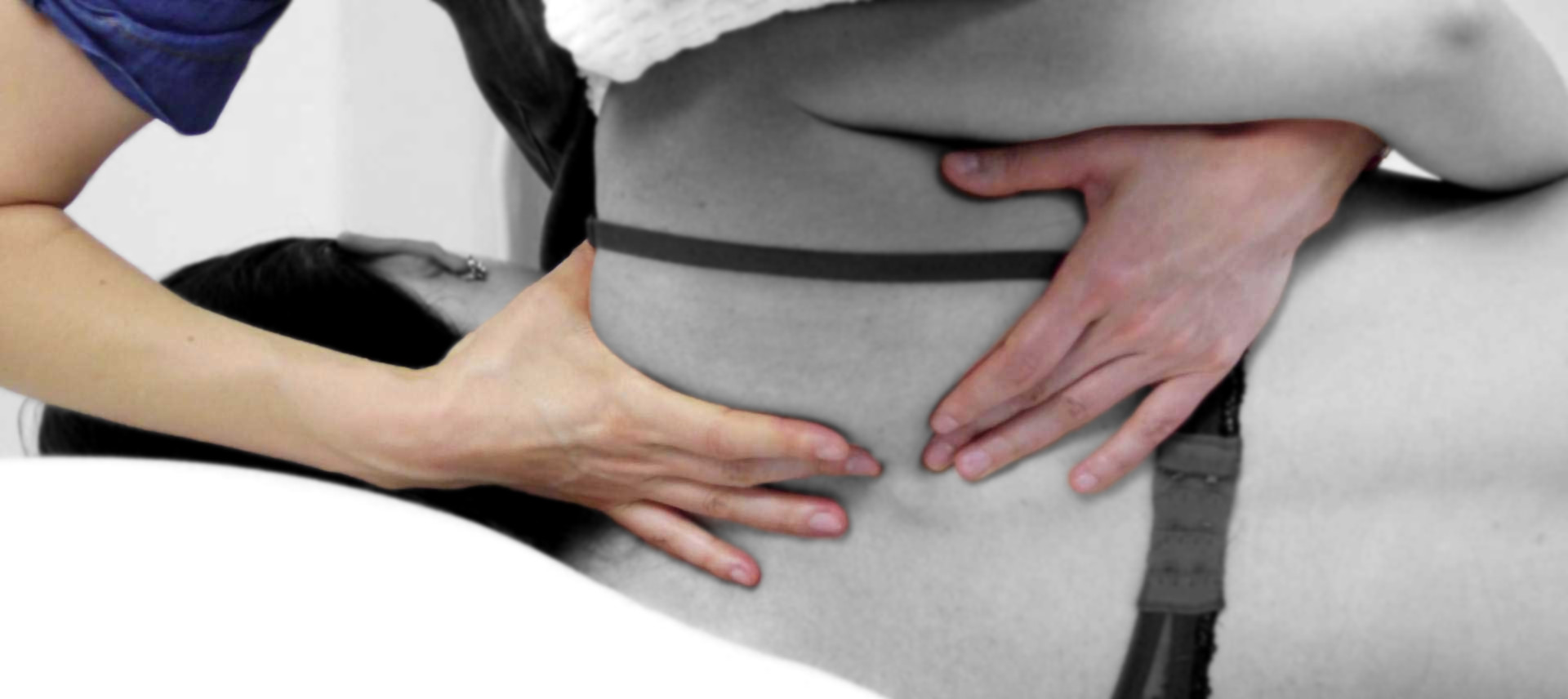The goal of osteopathy is to restore the body’s own healing functions.
Minor and bigger accidents, scar tissue from surgeries, pregnancy, the life style, and, and, and, can cause so called osteopathic lesions. These are dysfunctions that the body can handle more or less well but that linger on after all.
For example, often an individual who was involved into an accident, does not feel the same anymore since that day. Yet everything modern medicine can do, has been done and thus objectively the person is functional.
During a lifetime, lesions of different origins pile up, and the intelligent body finds a way to live with them. But finally, it reaches the end of its potential of adaptation. What follows are subjective symptoms such as discomfort, pain (that comes and goes), or a low energy level.
It is during these times, when individuals consult an osteopath for the first time. In a session, the trained hand of the therapist detects and releases the lesions, which gives release to the individual. However the osteopathic lesions are in general non-existent form a medical point of view.
When the bones are cranky
Even though a treatment can be very relaxing, osteopathy is barely a wellness treatment. Au contraire, it means work for the body, that in rare cases can take up to three weeks after the treatment.
The name osteopathy comes from the words “osteo” – bone and “pathos” – disease, and means “dis-ease that expresses itself through the bone”. Aching articulations can have several reasons and it is the job of the osteopath to find and to resolve them (as long as it is an osteopathic lesion).
During the session, a therapist considers the whole body and its functioning. Depending on the client’s history and on what the therapist’s hands feel out the treatment is composed accordingly; every treatment is unique. On the long run, osteopathy improves the quality of life and is a health protection.
Osteopathy – for whom?
Osteopathy is suitable for individuals who are comfortable with manual treatment and are ready to let the therapist work with their bodies. The first treatment starts with an anamnesis, where the client rapports his medical history, including accidents from the past, injuries and surgeries. Medical diagnostic material (Rx, MRI, lab results) is also included in the patient file.
A treatment takes between 45 and 60 minutes. Even two to three weeks after the treatment the body can show reactions. The number of sessions depends on the individual condition; the more severe, the more sessions are necessary.
A lot of private insurances refund the price for the session or at least a part of the sum. Some insurances demand a medical prescription. The best thing is to ask your insurance company how they handle the fees.
